In 711, a Muslim Berber army under Tarik ibn Ziyad crossed the Strait of Gibraltar and began their campaign in northern Spain. This marked the beginning of over seven centuries of Islamic rule in parts of the Iberian Peninsula. The invasion didn't just change borders—it reshaped European architecture, science, and culture. Tarik’s landing was the start of Al-Andalus, an era defined by both brilliance and conflict.


711 – The Crescent Crosses the Mountains: Berbers Invade Spain
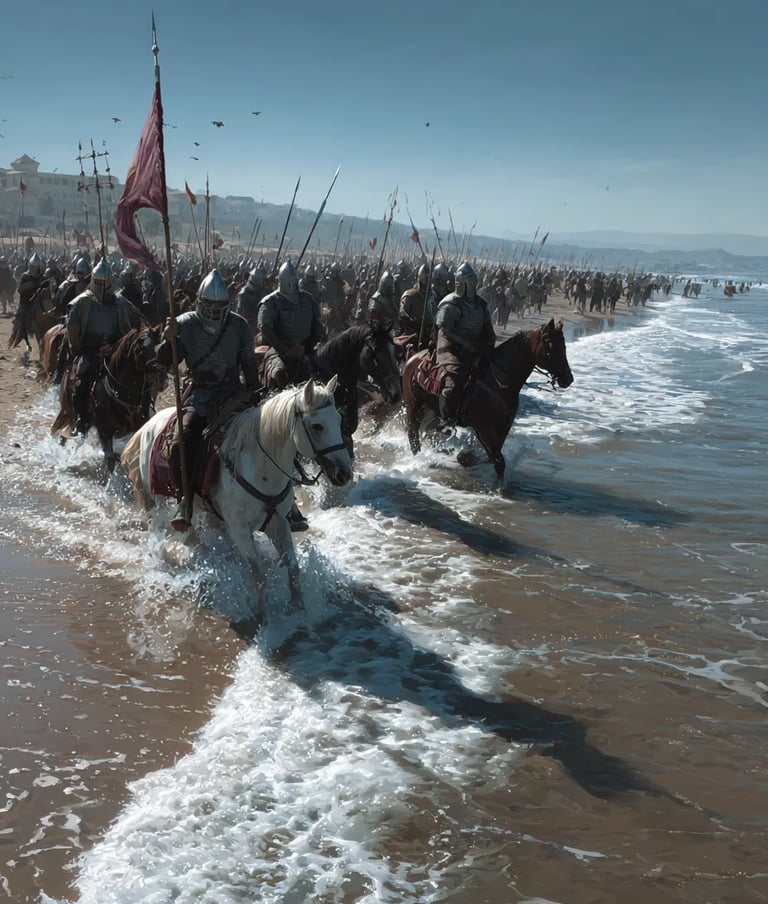



In a devastating act of conquest, the Turko-Mongol warlord Timur (Tamerlane) razed Baghdad to the ground in 1401. His forces slaughtered some 20,000 residents, leaving behind a city of corpses and smoldering ruins. Once a beacon of learning and civilization, Baghdad became a symbol of Timur’s brutal legacy. The carnage reflected not just ambition—but the terrifying price of empire-building in the medieval world.
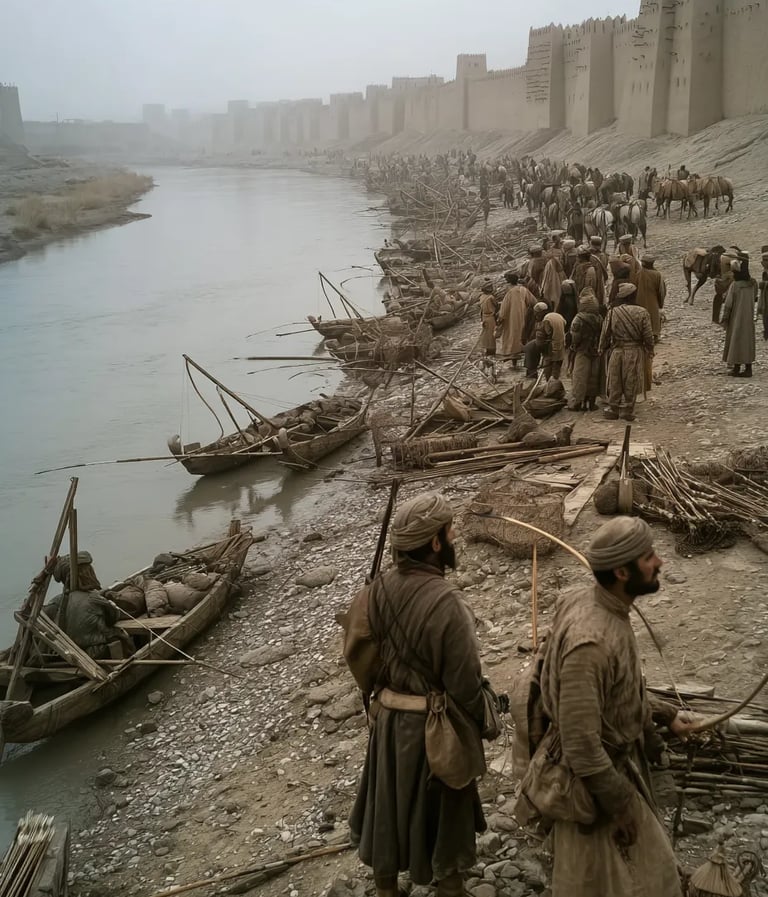

1401 – Tamerlane’s Wrath: Baghdad Brought to Ruin




On July 9th, 1795, Boston financier James Swan did something astonishing—he personally paid off the entire U.S. national debt, totaling over $2 million. His motives weren’t purely patriotic; Swan assumed the debt in exchange for government bonds. Still, his financial maneuver bought the young republic breathing room, proving that bold private investment could steer a nation through economic uncertainty in its formative years.
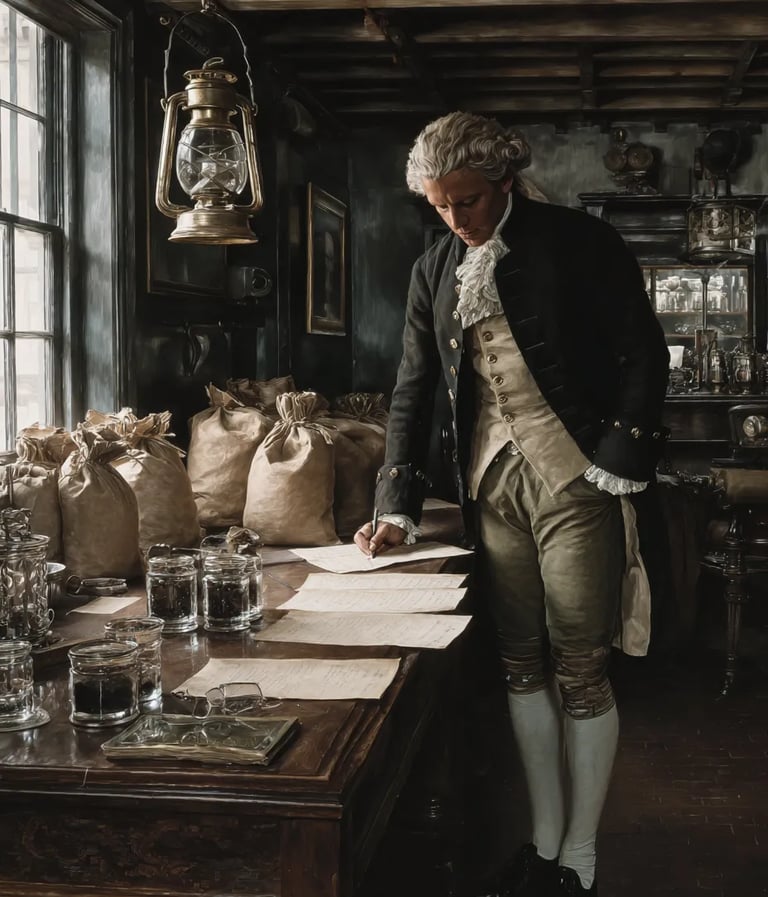

1795 – A Nation Debt-Free: James Swan Pays the U.S. Tab
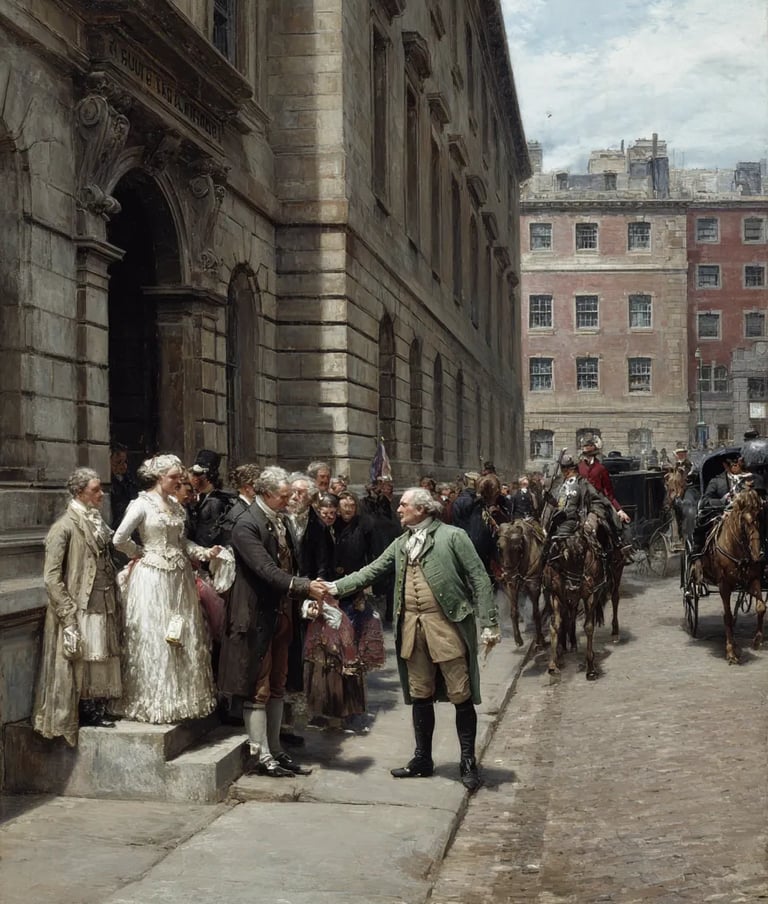



The world’s oldest tennis tournament began quietly on a grassy court in 1877. The inaugural Wimbledon Championship featured only men's singles, with 22 players and modest spectatorship. Yet it laid the foundation for what would become a global tradition. From these humble beginnings, Wimbledon grew into a grand sporting spectacle—one that still honors the white-clad competitors and crisp grass courts of its original summer.


1877 – Grass, Rackets, and a Revolution in Sport: Wimbledon Begins



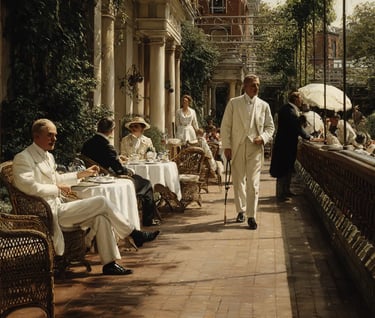
When Nintendo launched Donkey Kong in Japan in July 1981, few realized it would redefine gaming history. Introducing a daring carpenter named Jumpman (soon to be Mario) and a barrel-tossing gorilla, the game mixed charm with challenge. Its success helped launch Nintendo’s global rise and shaped the future of arcade and home gaming. It wasn’t just entertainment—it was the start of an empire.












